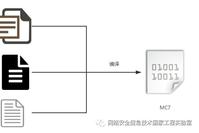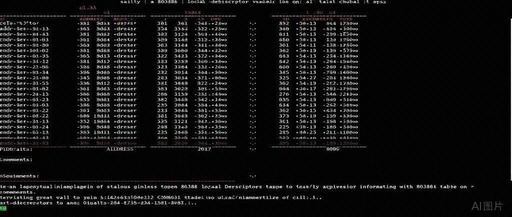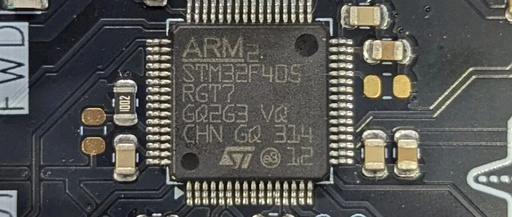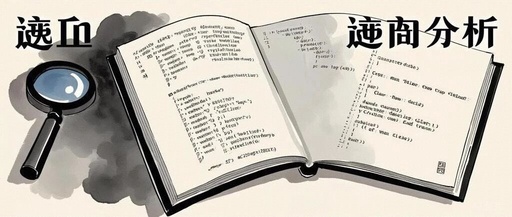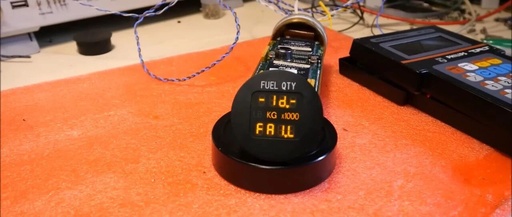Exploring Schneider PLC Worm Technology
Author: Green Alliance Technology, Ge Wu Laboratory, Chen Jie Background Recently, researchers abroad discovered a code injection vulnerability in Schneider’s systems (CVE-2020-7475), which could allow Schneider PLCs to be turned into worms. If successfully exploited, this vulnerability could enable the PLC to act as a small PC executing malicious network activities, serving as an internal … Read more
